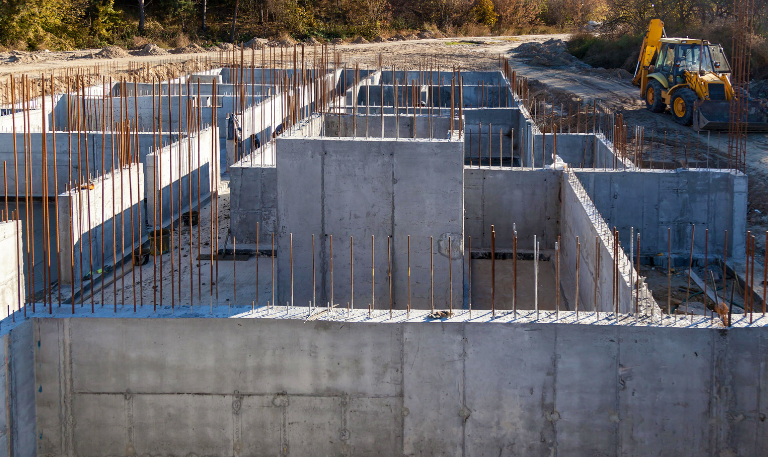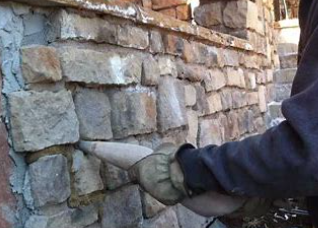Climate Change is Changing Construction
Climate change is supercharging natural disasters. While not new, the frequency and severity of the natural disasters that occur is beginning to factor into building decisions because its impacting the all important bottom line.
As much as a third of the housing stock in the United States — some 35 million houses — is at high risk from natural disasters related to climate change, according to information from CoreLogic, the real estate data analytics company. “These perils have always been there,” said Tom Larsen, a CoreLogic principal who does risk modeling. “But every time there’s a catastrophe that gets closer, people get that feeling of, ‘Wow, that could be me.’”
And climate-related catastrophes will likely get worse. CoreLogic predicts that 30 years from now, a typical strong coastal storm in Florida could flood 300,000 homes, more than triple the number affected today. The New York Times
Mitigating Insurance Increases
Insurance exists to safeguard big investments. With homes being most folks single largest investment, homeowner’s insurance is a must. But the increasing risk posed by natural disasters has led to rapidly rising rates. While not fully driven by climate change, rates are better accounting for these risks.
According to data from Triple-I (Insurance Information Institute), Colorado experienced a 21 percent increase in average annual premiums for homeowners insurance from 2017 to 2020. Texas’s rates went up 18 percent during that time frame, and California’s increased 9.6 percent. D.C. saw a 3.2 percent increase; Maryland a 13.4 percent increase and Virginia 14.8 percent. West Virginia … went up 3.1 percent. The Washington Post
Choosing materials that are more resilient—brick, concrete, masonry— helps keep insurance costs lower.
Smarter Material Choices
Wood has been our primary building material for millennia. However, it is very susceptible to damage from wind, water, and fire. Natural disasters feature a lot of these things whether it be a hurricane, forest fire or just an extreme rainfall event.
In response homeowner’s are paying closer attention to their material and design choices, lest they stand to lose not only the structure but their lives inside of them:
Vern Sneed, a general contractor and the founder of Design Horizons, the company that makes Q Cabins, said he initially became interested in this type of building — inspired by the Quonset huts manufactured during World War II to hold military supplies — because it could be constructed quickly and cheaply. … Later, he realized that because the houses he was selling were almost entirely steel, they were fire resistant. So he added noncombustible sheathing, which he said makes the structures’ main materials noncombustible, in theory, up to 2,600 degrees.The New York Times
After the 2018 Camp Fire destroyed Mike and Jennifer Petersen’s home in Paradise, Calif., they decided to replace it with a Q Cabin, a 1,400-square-foot structure made from noncombustible steel. “If there is going to be something that could survive a fire,” Mr. Petersen said, “this would be it.”Credit…Jason Henry for The New York Times
It’s important to understand that although wood may be the cheapest building material on the market, it certainly can amplify the damage that occurs when disaster strikes. Look to steel, masonry, and concrete if you want your building to last.
Supply Challenges
Drought, fires, and floods stress plants. Wood comes from plants that get stressed under these conditions. So while it might seem easy to just grow more trees, that is becoming increasingly difficult. Even putting aside the freak 2021 spike in lumber prices, climate change is a systemic challenge to our lumber supply. Costs will go up for this material, making other options comparatively cheaper.
Furthermore there is a market preference for old growth/larger trees. However, these trees can take decades if not hundreds of years to grow. The longer timeline increases the horizon, giving more chances for a disaster to occur.
Again the market seems to be responding to the price signals and reconsidering other building materials that have substantial benefit to the owners and occupants.
As we look to adapt and live with climate change its important to recognize that natural disasters are becoming more frequent and dangerous. In response the market is sending signals to builders, property owners, and homeowners to build resiliently for our new future.
Ernest Maier seeks to offer a full array of building materials that make your next project more resilient, more sustainable, and more affordable.

VP of Business DevelopmentAaron Fisher
Latest News

4 Ways To Reinforce Concrete
Concrete is one of the most fundamental materials used in construction. If you’re working on a domestic project or a […]

The Environmental Benefits Of Using Ready-Mix Concrete
The construction industry is changing quickly to meet the growing demand for sustainability and eco-friendly practices. One of the most […]

6 Essential Tips For Grouting Stone Veneer
Grouting stone veneer is an important step in the installation process that can significantly impact the overall look and durability […]

Should You Fill Hollow Concrete Blocks?
Hollow concrete blocks are widely used in construction due to their strength, versatility, and lighter weight compared to solid blocks. […]

